Coal Mining
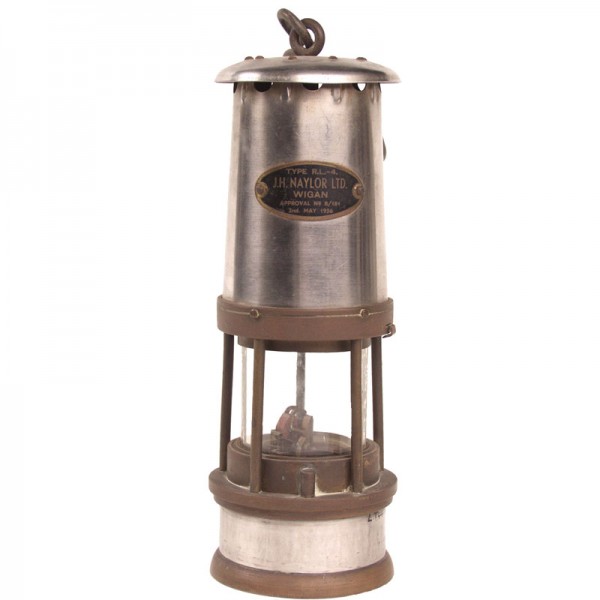
Naylor's Type RL-4 'Spiralarm' Lamp
The Naylor 'Spiralarm' type RL-4 flame safety lamp was made in 1956. It was designed primarily as an effective detector of firedamp and dangerous gases. The 'Spiralarm' used an electrical ignition system, which allowed the lamp to be lit safely underground. The lamp also used an internal flame height gauge to detect when firedamp was present in the atmosphere. The flame safety lamp was successful in improving the safety of mineworkers in the potentially dangerous atmosphere that existed underground. Flame safety lamps, although remaining in use as gas detectors, began to be replaced by safer and brighter electric lamps at the beginning of the 20th century.

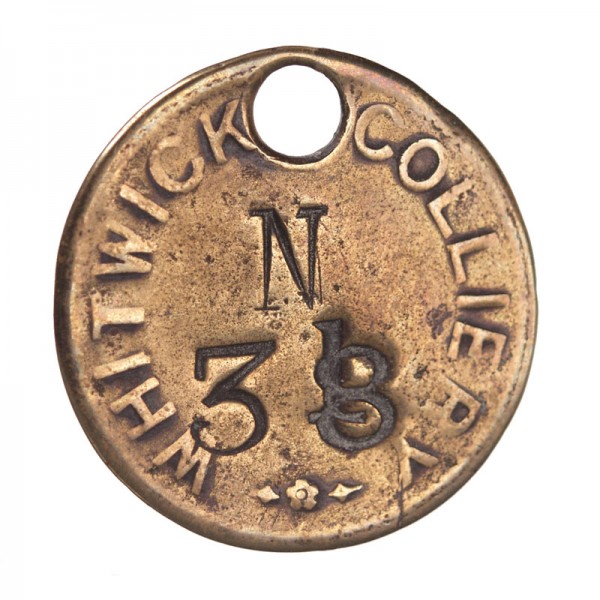
Miner's Tally or Check from Whitwick Colliery
Colliery check systems became mandatory in 1913 after an amendment to the 1911 Coal Mines Act.
At the start of a shift the check was handed to the lamp man and exchanged for a safety lamp stamped with the same number as on the check. At the end of the shift the miner handed his lamp in and retrieved his check either from the lamp man or from a 'tally board'.
Check systems varied between coal fields and altered over time, by the late 1970s a three check system (safety check system) became common. In this system each underground worker was issued with three checks, often of different shapes and sizes, one to be handed in to the lamp room, one to be handed to the banksman before the man descended the shaft and one was kept on the person during the shift.

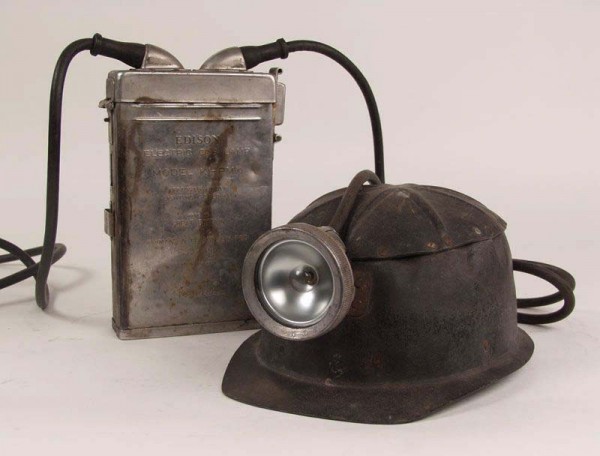
Methanometer and Miners Helmet and Lamp
Firedamp is one of the many hazards found in coal mines. Methane is the main gas present in firedamp. It is highly explosive and had previously been detected by safety lamps. Made by The Mine Safety Appliances Company Ltd around 1950 this methanometer was approved for use in the determination of firedamp content as required by the Ventilation Regulations 1947. It was powered by an Edison battery cap lamp and it could be carried on a miner's belt with other tools.

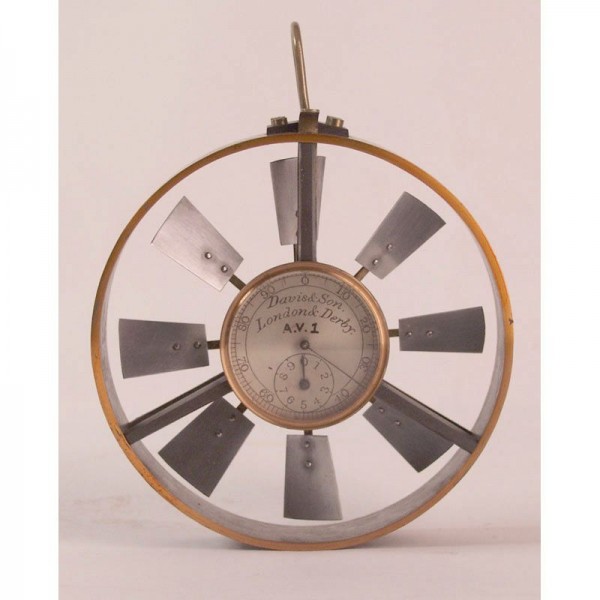
A.V.1 Biram Type Anemometer made by Davis & Son (Derby) Ltd.
Good ventilation was vital in coal mines and this instrument was used for checking the flow of ventilating air through mine passages. The metal frame contains a brass "propeller" linked to dial to record the speed of air passing over the vanes.

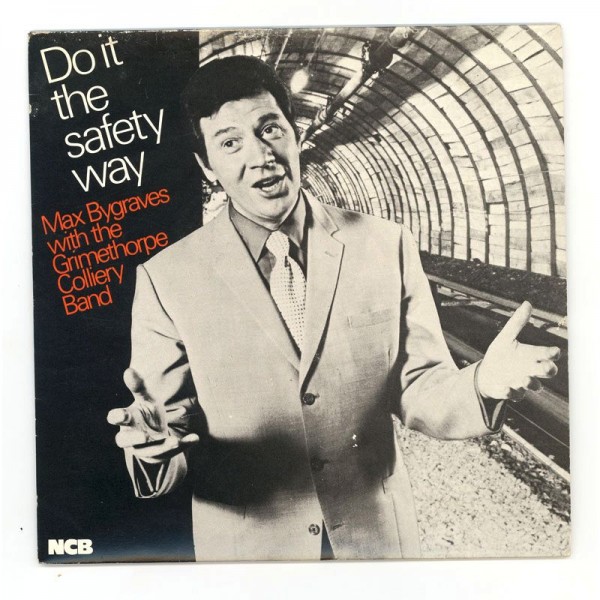
'Do it the Safety Way'
Safety was hugely important when working underground in dark and often dangerous conditions. The National Coal Board was established in 1947 and produced many campaigns to improve safety in the industry. In 1976, the NCB released this seven inch single to get the safety message across with singalong favourite Max Bygraves.


Whitwick Hearse, 1895
The strong sense of community common among miners has been evident throughout mining history. The miners of Leicestershire was clearly demonstrated this team spirit on the fateful day of the 19th April 1898.
The disaster at Whitwick colliery took place in the early hours of the morning. A fire had broken out in the ‘gob’ of pit number 5 where waste material was packed in to support the coalface. It was discovered by the mine deputy Joseph Limb who escaped through a return airway to raise the alarm.
Despite the efforts of men like George Finney, whose bravery medal is in the museum collection, thirty-four men were trapped and lost their lives in the fire. The final death toll reached thirty-five because another brave miner, Charles Clamp, returned to the fumes and smoke to help his fellow colliers and perished himself.
The community spirit of the men from Leicestershire's mines has not only been evident in times of disaster and hardship but also in times of achievement and celebration.

